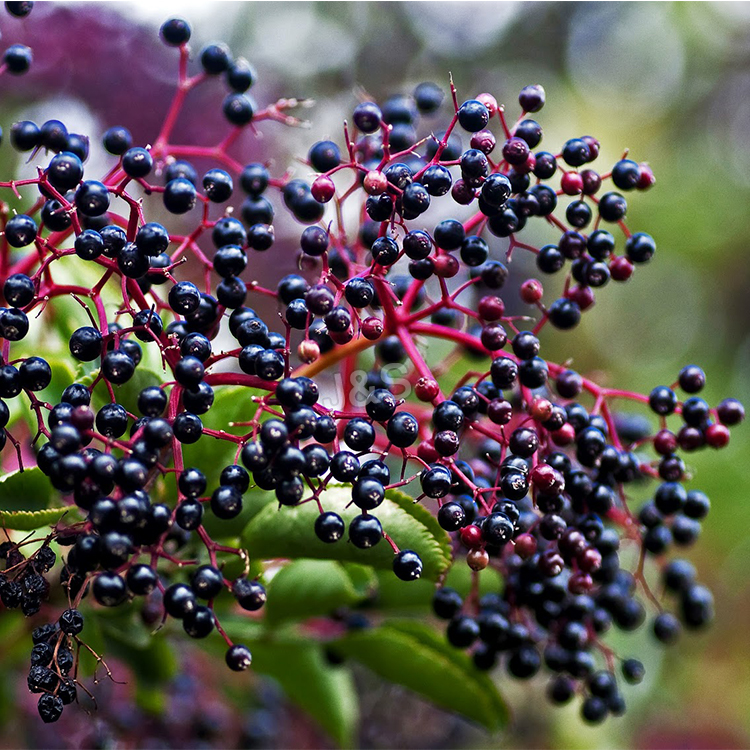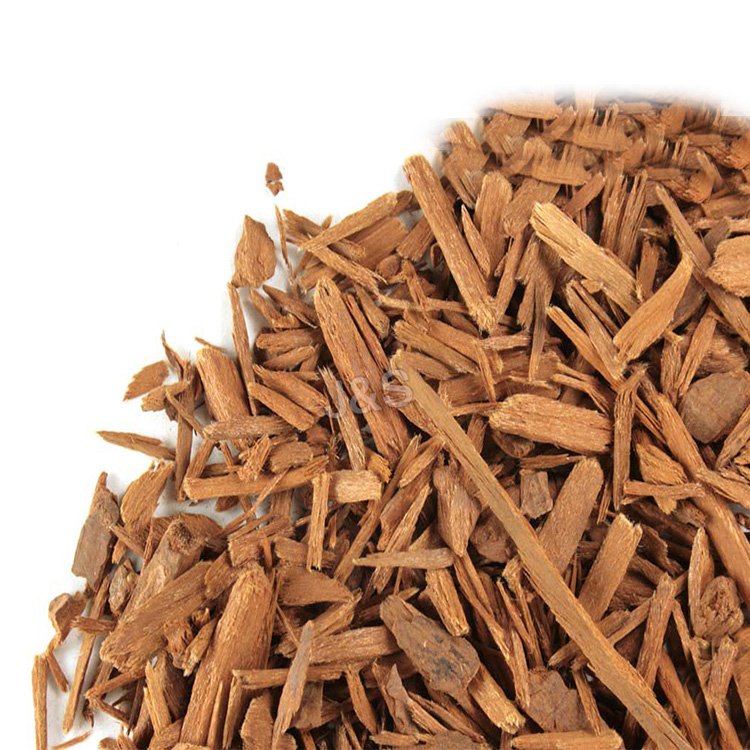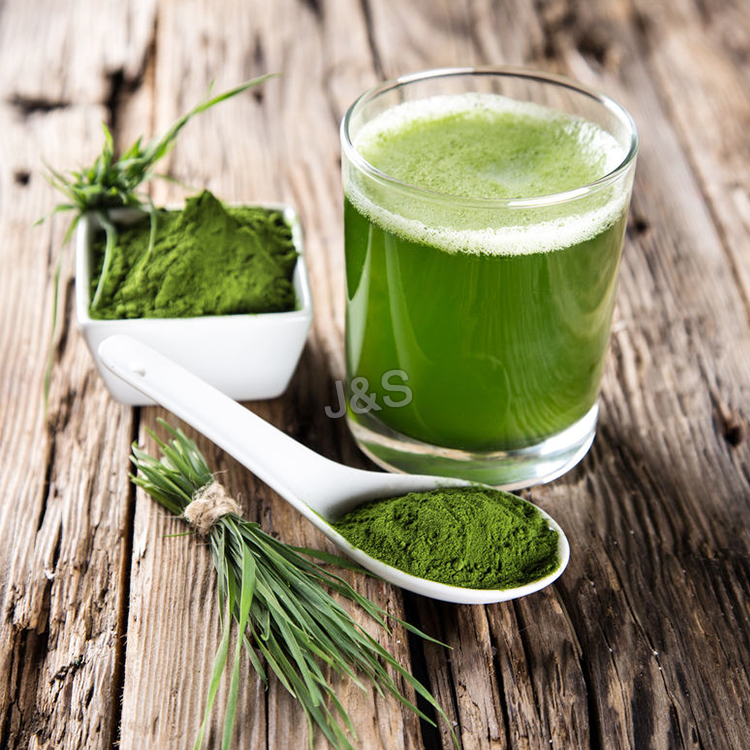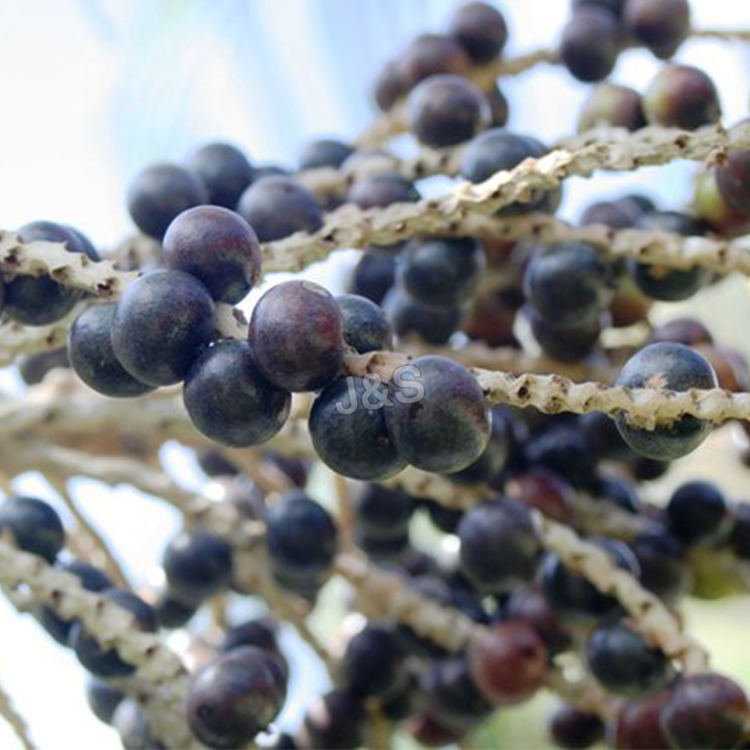China Professional Supplier Elderberry Extract Factory from Ottawa
China Professional Supplier Elderberry Extract Factory from Ottawa Detail:
[Latin Name] Sambucus nigra
[Specification] Anthocyanidins15% 25% UV
[Appearance] Purple fine powder
Plant Part Used: Fruit
[Particle size] 80Mesh
[Loss on drying] ≤5.0%
[Heavy Metal] ≤10PPM
[Storage] Store in cool & dry area, keep away from the direct light and heat.
[Shelf life] 24 Months
[Package] Packed in paper-drums and two plastic-bags inside.
[Net weight] 25kgs/drum
[What is elderberry extract?]
Elderberry extract comes from the fruit of the Sambucus nigra or Black Elder, a species found in Europe, Western Asia, North Africa, and North America. Called “the medicine chest of the common people,” Elder flowers, berries, leaves, bark, and roots have all been used for centuries in traditional folk medicines.Elder fruit contains vitamins A, B and C, flavonoids, tannins, carotenoids, and amino acids. Elderberry is believed to possess therapeutic uses as an anti-inflammatory, diuretic, and immuno-stimulant.
[Function]
1. As medicine raw material: It can promote the healing of gastrointestinal ulcers; It can be used for acute and chronic hepatitis and hepatitis evocable hepatomegaly, hepatocirrhosis; promote the healing of liver function.
2. As foodstuff colorant: Widely used in cakes, beverage, candy, ice cream etc..
3. As chemical raw material for daily use: Widely used in many kinds of green medicine toothpastes and cosmetics.
Product detail pictures:

Related Product Guide:
We have now numerous great personnel members good at advertising, QC, and working with kinds of troublesome dilemma from the creation course of action for China Professional Supplier Elderberry Extract Factory from Ottawa , The product will supply to all over the world, such as: Lebanon, Rwanda, Romania, We have a excellent team supplying professional service, prompt reply, timely delivery, excellent quality and best price to our customers. Satisfaction and good credit to every customer is our priority. We are sincerely looking forward to cooperate with customers all over the world. We believe we can satisfy with you. We also warmly welcome customers to visit our company and purchase our products.
Plant Care
In general, Stevia should be treated as a vegetable crop. When hot weather sets in, usually a month after planting, beds should be mulched 3 to 6 inches deep with organic residue such as grass clippings, chopped leaves, straw, hay, or compost. This will protect the shallow feeder roots and hold in moisture. Plant growth is slow at first, accelerating by mid summer.
A consistent moisture supply is important for Stevia. Irrigate once or twice a week, whenever rain fails to water the plants. Sandy soils require more frequent irrigation. Trickle irrigation is ideal, ensuring consistent moisture levels without wetting leaves. A simple and effective system is the black, “weeping” soaker hose made from recycled rubber. Place a soaker hose between the two rows of plants, beneath the mulch. Attach to a garden hose and turn the water on at a trickle for a couple of hours. The system can be automated with the addition of a timer.
Side-dressing is usually not necessary, but low nitrogen or organic fertilizer may be applied in the summer as plant growth begins to accelerate. Excess nitrogen causes tender growth and reduced leaf sweetness.
Stevia may be affected by two lesion-producing fungal diseases, Septoria steviae and Sclerotinia sclerotiorum. With Sclerotinia, dark brown lesions form on stems, near the soil line, followed by wilting and eventual collapse of the plant. Stevia plants are usually full grown before diseases appear. As harvest time nears, commercial growers watch plants closely and harvest the entire crop at the first sign of disease. Meticulous weed control (by hand) permits strong growth, which helps plants resist disease. Humid, wet weather and standing water favor the development of fungal diseases, making raised beds or hills a preventative measure. Additionally, avoid wetting leaves during irrigation. Stevia is usually the last plant insects will feed on, so pests are seldom a problem outdoors. Aphids, thrips, and whiteflies can cause damage in heavily infested greenhouses.
Sugar amount Equivalent Stevia powdered extract Equivalent Stevia liquid concentrate
1 cup 1 teaspoon 1 teaspoon
1 tablespoon 1/4 teaspoon 6 to 9 drops
1 teaspoon A pinch to 1/16 teaspoon 2 to 4 drops
Sugar amount Equivalent 1 cup = Stevia powdered extract Equivalent 1 teaspoon = Stevia liquid concentrate 1 teaspoon
Sugar amount Equivalent 1 tablespoon = Stevia powdered extract Equivalent 1/4 teaspoon = Stevia liquid concentrate 6 to 9 drops
Web: https://www.natureherbs.org | www.natureherbs.co
Email : natureherbs@ymail.com
Watsapp: +91 841 888 5555
Skype: nature.herbs
(See https://nanohour.beckman.illinois.edu/Nanohour/Nanohour.html)
” A Tooth Problem: Biomodification of Dentin Matrices as Novel Strategy for Dental Therapies”
Prof. Ana Bedran-Russo (UIC College of Dentistry)
“It is estimated that in the United States, 350 million dental restorations
(fillings) are placed every year in dental offices. Sixty percent of those restorations
replace existing failed restorative treatments. The primary reason for failure of
dental restorations is secondary caries (decay), indicative of increased permeability
and debonding between tooth and restorative biomaterial. Current dental adhesive
restorative systems rely on the micromechanical retentions of restorations by
infiltrations of hydrophilic and hydrophobic resins into a collagen-rich surface on
dentin. Our laboratory at UIC has focused on understanding the tooth
biochemistry/biomechanics and explored biomimetic approaches for innovative
restorative/regenerative therapies. Specifically the interactions of olygomeric
proanthocyanidins agents (OPC) with dentin matrices to improve mechanical
properties and reduced biodegradation rates. This presentation will provide (1)
overview of challenges in the harsh oral environment (2) limitations of current
dental therapies and (3) mechanisms of interactions of OPC with type I collagen,
proteoglycans and matrix metalloproteinases (MMPs).”
The customer service staff's attitude is very sincere and the reply is timely and very detailed, this is very helpful for our deal,thank you.






